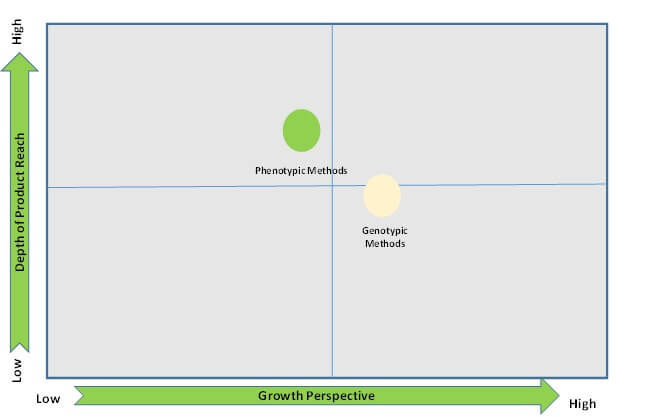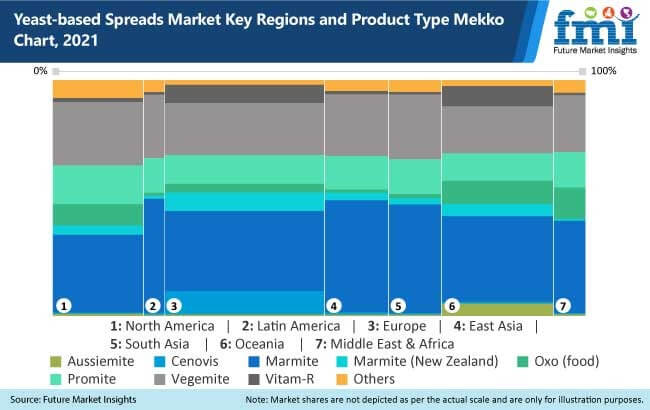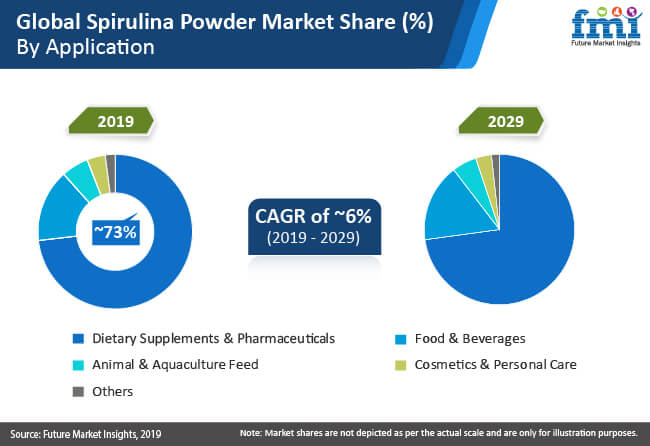Increasing application in dietary supplements will drive omega-3 ingredients market. According to a new study by Future Market Insights (FMI), the market is projected to reach US$ 5.9 Bn by 2021. The study forecasts the dietary supplements segment to account for over 47% of the sales in terms of value in 2021. Rising focus on health and wellness is expected to bode well for the market
According to Food Marketing Institute, 44% of adults do not consume fish or any kind of seafood frequently or occasionally that makes the diet lack omega-3 ingredients. This gives manufacturers of omega-3 ingredients a great opportunity to fulfill dietary requirements.
Omega-3 ingredients can be extracted from various sources for instance animal source (algal, fungus oil, fish oil and krill oil) and plant sources (chia seed oil, sunflower oil, flax seed oil, hemp, soybean oil, canola oil, primrose oil, and camelina oil). Manufacturers are investing heavily in discovering novel source of omega-3 ingredients to gain competitive advantage.
Key Takeaways from the Omega-3 Ingredients Market Study
- Omega-3 ingredients market is expected to register nearly 10.9% CAGR between 2021 and 2031
- The U.S. will emerge as an attractive market, accounting for 78% of sales in North America
- The EU5 has been exhibiting exceptional growth opportunities. FMI forecasts it to register nearly 10% Y-o-Y growth in 2021
- Benelux and Nordic markets also will exhibit impressive growth within Europe market
- China and India will continue exhibiting high demand for omega-3 ingredients
Request a report sample to gain comprehensive market insights @
https://www.futuremarketinsights.com/reports/sample/rep-gb-13013
“Manufacturers are focusing on improving production processes to meet high quality standards. Continuous research & development initiatives undertaken by market players are aimed at discovering alternate sources of omega-3 ingredients,” said a lead analyst at FMI.
Rising Vegan Population Fuelling Demand for Plant-Based Omega-3 Ingredients
A vegan diet does not include two essential omega-3 ingredients in their diet i.e., EPA and DHA as these are primarily derived from animal sources such as fish. As the vegan population is growing rapidly owing to increasing awareness, manufacturers are focusing on the production of omega-3 ingredients from the plant as the source. Manufacturers are striving to discover more such plant sources for omega-3 ingredients for supporting this growing segment of the population.
Rising Focus on Health Fuelling Demand for Omega-3 Ingredients
The increasing concern about health and wellness among the consumers has been fuelling the demand for nutraceutical and dietary supplements. Frequent product launches with multiple health benefits of omega-3 ingredients are among key market trends.
Europe currently holds around 37.0% of the global market. The rising incidence of various chronic ailments has been fuelling the demand in the U.S. Besides this increasing awareness about the health benefits of omega-3 ingredients has been spurring growth in Asia Pacific and the Middle East and Africa.
For Information On The Research Approach Used In The Report, Ask Analyst @ https://www.futuremarketinsights.com/ask-question/rep-gb-13013
Who is winning?
A few of the leading players operating in the omega-3 ingredients market are Croda International Plc, Omega Protein Corporation, Koninklijke DSM N.V., Cargill Inc., Epax Norway AS, GC Rieber Oils AS, Pharma Marine AS, Copeinca ASA, Arista Industries Inc., Polaris Nutritional Lipids, Clover Corp. Ltd., Marine Ingredients LLC, Barleans Organic Oils L.L.C., Algaecytes Limited, Qualitas Health, Cellana, Inc., Qponics Limited, BioProcess Algae, LLC, Luhua Biomarine (Shandong) Co., Ltd, Denomega Nutritional Oils, and other players.
Manufacturers of omega-3 ingredients are also strengthening their technology portfolio to improve quality of their products.
- For instance, Omega Protein Corporation in 2017 has partnered with the Science Center for Marine Fisheries (SCeMFis), a cooperative research center for the production of omega-3 ingredients. Sensing the rising demand for omega-3 ingredients manufacturers are also increasing production quantity.
- In January 2019, Cargill launches omega-3 ingredients for fish feed as they spot greater potential for farmed fish. Cargill is further developing supply chain for effective distribution of these omega-3 ingredients
- In January 2019, Croda International Plc acquired Brenntag Biosector to strengthen its pharmaceutical offerings.
Get Valuable Insights into Omega-3 Ingredients Market
Future Market Insights, in its new offering, provides an unbiased analysis of the Omega-3 Ingredients market, presenting historical demand data (2016-2020) and forecast statistics for the period from 2021-2031. The study divulges compelling insights on the Omega-3 Ingredients market based on Product Type (Alpha-Linolenic Acid (ALA), Eicosapentaenoic Acid (EPA), and Docosahexaneoic Acid (DHA)), By Source (Animal-based, Plant-based), By Application (Food Industry, Beverage Industry, Dietary Supplements, Infant Formula, Pharmaceuticals & Nutraceutical Industry, and Animal Feed) across seven major regions (North America, Latin America, Europe, Asia Pacific, Oceania, Japan, and Middle East and Africa).
Summary
Omega-3 ingredients such as eicosapentaenoic acid (EPA), docosahexaenoic acid (DHA), and alpha-linolenic acid (ALA) are long-chain fatty acids that are essential for maintaining good health. Eicosapentaenoic acid (EPA), docosahexaenoic acid (DHA) are precursors for a group of eicosanoids such as thromboxanes, prostaglandins, and leukotrienes which plays an essential role in anti-inflammation, antithrombotic, antiarrhythmic, and vasodilation. According to the inclination of consumers, omega-3 ingredients can be extracted from animal-based as well as plant-based sources.
About Food Market Division at FMI
Expert analysis, actionable insights, and strategic recommendations – the food & beverage team at Future Market Insights helps clients from across the globe with their unique business intelligence needs. With a repertoire of over 1,000 reports and 1 million+ data points, the team has analysed the food & beverage industry lucidly in 50+ countries for over a decade. The team provides end-to-end research and consulting services; reach out to explore how we can help.



